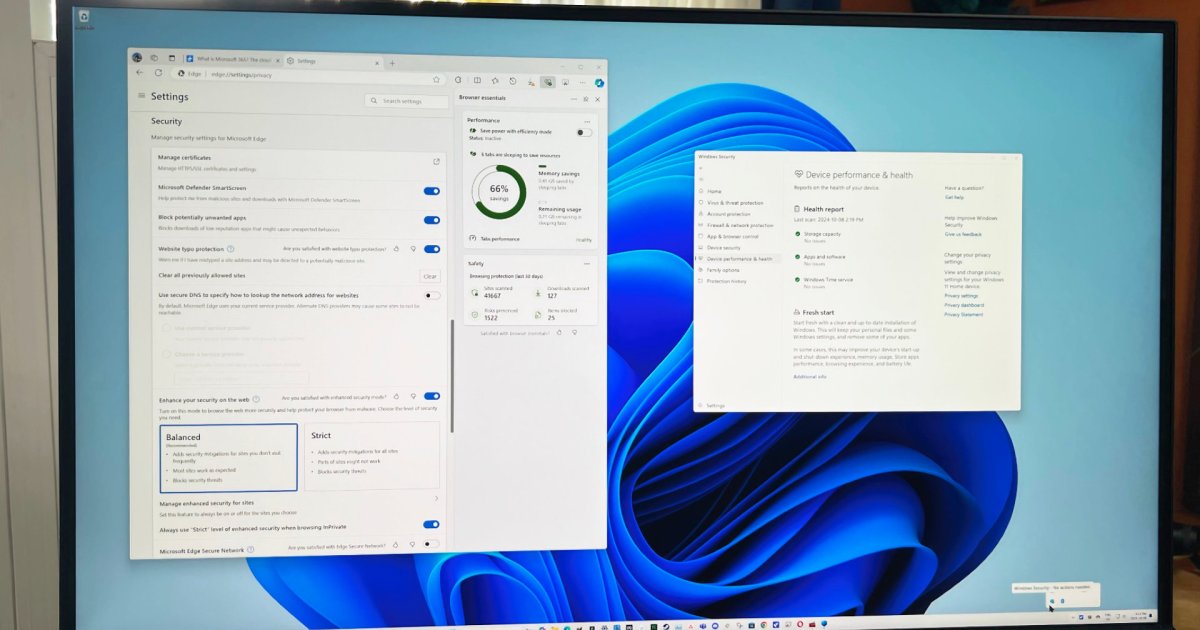The fluorescent lights buzzed overhead, casting a sterile sheen on the endless stream of hurried passengers searching for their departure gates. I gripped the handles of my mom’s wheelchair a little tighter, unfamiliar chaos pressing in.
This was it, our first European river cruise together — a dream we’d nurtured as a way of honoring my dad’s legacy. But the arrival halls and departure gates suddenly felt like an obstacle course. Navigating the throngs with my mom in her wheelchair seemed daunting.
This wasn’t how I envisioned the start of our travels, but beneath the initial anxiety a quiet determination bloomed. This trip wouldn’t just be a European adventure; it would become a masterclass in navigating unfamiliar airports with a wheelchair.
Thankfully, we had done a little research in advance and knew to request wheelchair assistance when we booked the flights. We were quickly directed to a room near the check-in counter so that someone could guide us through security and to our gate.
Candy Harrington, accessibility expert and editor-in-chief of Emerging Horizons, a magazine about accessible travel, advises to make sure your wheelchair stays with you at your gate. “The reason for this is if there is a gate change — as there often is — you won’t have a way to get to the new gate if they take away the airport wheelchair. And sometimes that new gate can be quite a hike from the old gate.”
This was just one of many lessons we learned on our trip. Another one? It’s always a good idea to tip the wheelchair attendant. In many cases, they can provide the keys to a pleasant journey.
Holding our ground
Upon arriving in Paris, we felt a bit out of our element when my mom was whisked off the plane amid a flurry of French-speaking wheelchair attendants who took us through a series of underground elevators and empty hallways. We finally emerged above ground and were deposited into a holding pen filled with people requiring assistance to their gate.
We quickly learned that information about exactly when and where we would be transported was being dispensed on a seemingly need-to-know basis. Because of the language barrier (and our reluctance to make waves), we were limited to guessing whether or not we would make our connecting flight.
Looking back, I wonder what we could have done differently.
“First off, know the law,” Harrington says. “You can’t tell when something is going wrong if you don’t know what the law says. For example, air travel on U.S. airlines, and on foreign carriers on flights to and from the U.S., is covered by the Air Carrier Access Act, not the ADA. Read the law so you know what to expect in regards to access assistance.”
And if you run into problems?
Ask to speak to the complaints resolution official, or CRO, Harrington advises. “All U.S. airlines and foreign airlines that fly to and from the U.S. are required to have a CRO available — by phone or in person — during operating hours. This person knows the law and has authority over all airline employees (except the captain) and contractors,” Harrington says.
Rosemarie Rosetti, a disability inclusion expert and accessibility consultant, emphasizes the importance of advocating for yourself. “Be vocal and ask for what you need. Listen to the response, and if this is satisfactory proceed with their instructions.”
But if it’s not satisfactory, Rosetti recommends asking for a supervisor. And if there is a problem with the airline service, write your complaint on the airline website. Airline websites list the phone number you can call to speak with an agent.
Best laid plans
In the United States, about 30 percent of those over the age of 65 living outside of institutions use assistive devices for mobility purposes, both inside and outside the home. Many use a wheelchair or scooter, while the majority use canes, crutches and walkers. All to say there’s a substantial segment of the population with mobility needs.
We learned that proper planning is key to ensuring a smooth, enjoyable and safe experience. Before you book anything, research your destination for accessibility features such as ramps, elevators and accessible bathrooms so that it allows you to avoid frustration upon arrival.
“I recommend calling ahead for any hotel, restaurant or attraction to let them know what you need in order to match that location with your needs. Often their websites will show you photographs that are very helpful,” Rosetti says.
She also recommends budgeting your time wisely if you have to transfer planes during your travels. “When making an airline reservation with a connection, plan for at least one and a half hours between flights for domestic travel and longer for international travel to get through customs.” Enrolling in TSA PreCheck and Global Entry are also strategies to reduce delays.
To avoid your wheelchair being lost or damaged, Rosetti suggests registering it on the airline’s forms so they know the weight, height, width, length, serial number, make and model. It’s also wise to take a photo of your wheelchair and attach an AirTag or another smart tracker so that you’re able to follow it throughout your journey. You also could attach a large card with instructions for handling in both English and the language of your destination.
Travel without limits
When it comes to her own favorite ways to travel, Harrington loves road trips, especially when a national park is involved. “You can pack along all your medical supplies, make a pit stop, or take a break whenever you need to, and not have to worry about the airline damaging your wheelchair.”
In fact, Harrington wrote a series of guidebooks about access in the national parks, and one is devoted to the accessible lodges in all the national parks. “National parks have done a great job with accessibility, and people with a disability can get in free once they get their America the Beautiful Access Pass.”
She has one suggestion, though: “If you do hit the road, make sure you have road service that can provide accessible transportation, like Mobility Roadside Assistance.”
For us, Mom and I agreed that taking a Rhine River cruise with AmaWaterways was a good decision. While our stateroom wasn’t completely wheelchair accessible, she was able to walk short distances on her own so that didn’t pose a problem.
There was an elevator on board that gave us access to the two main levels, and the staff was always more than accommodating. The best part was that once we were on board we didn’t have to worry about navigating unfamiliar streets or transportation systems. Everything we needed was readily available within the ship itself.
It is a good idea to consult the cruise line’s accessibility department to discuss the offered amenities to ensure they meet your needs. You can also check the ship’s design in advance, keeping in mind that larger ships tend to be more accessible. Look for features such as ramps at bathroom entries, roll-in showers with fold-down benches, and designated wheelchair seating at theaters.
On our way back home, I noticed that we were both more relaxed. We learned that travel — even through the most intimidating airports (here’s looking at you, Paris!) — can be conquered with a little planning and a willingness to ask for help.
Travel accessibility resources
Books
Look for titles authored by Candy Harrington







